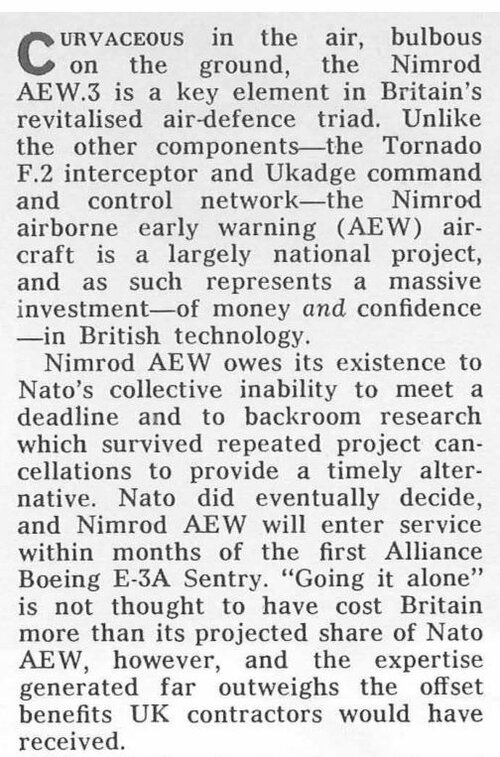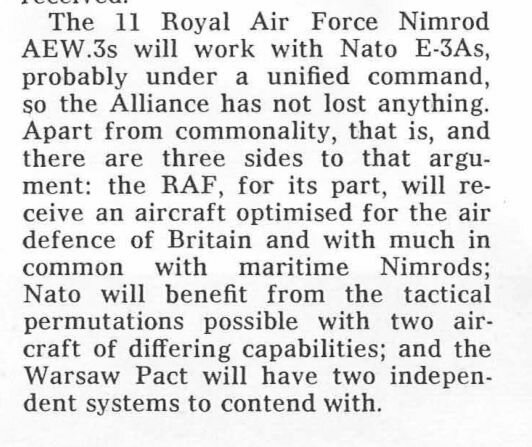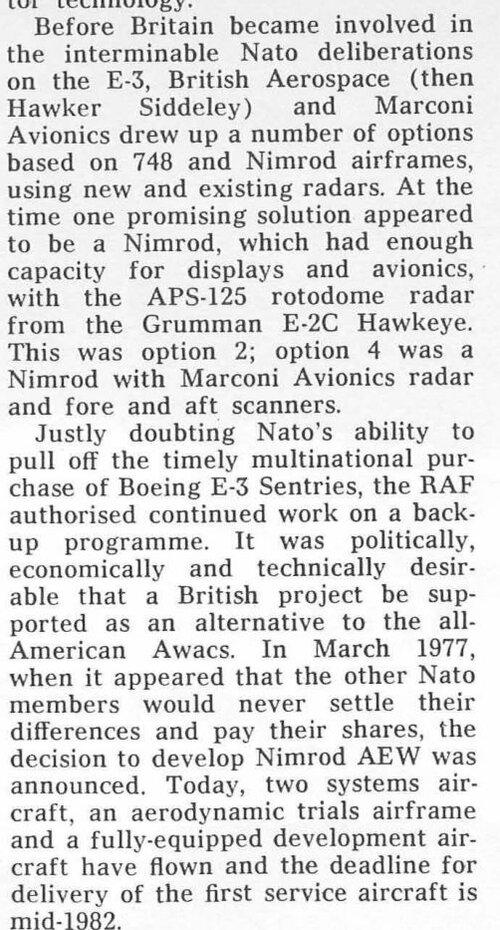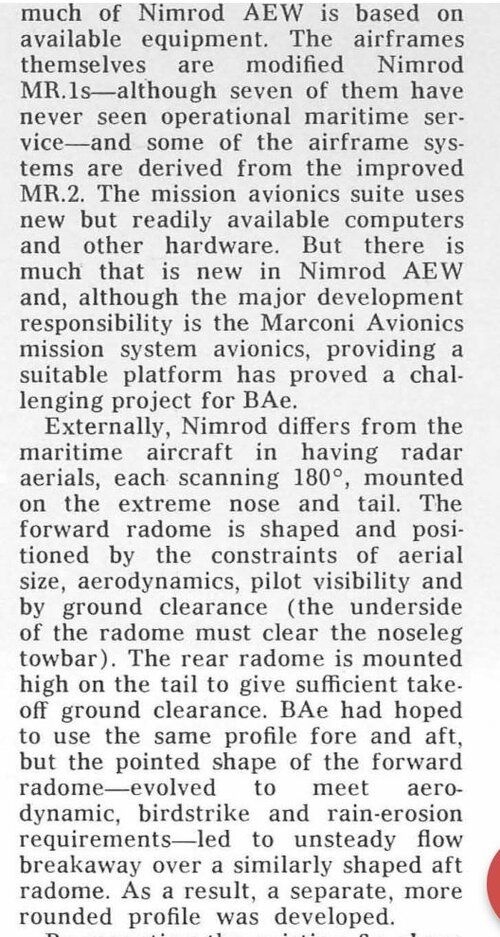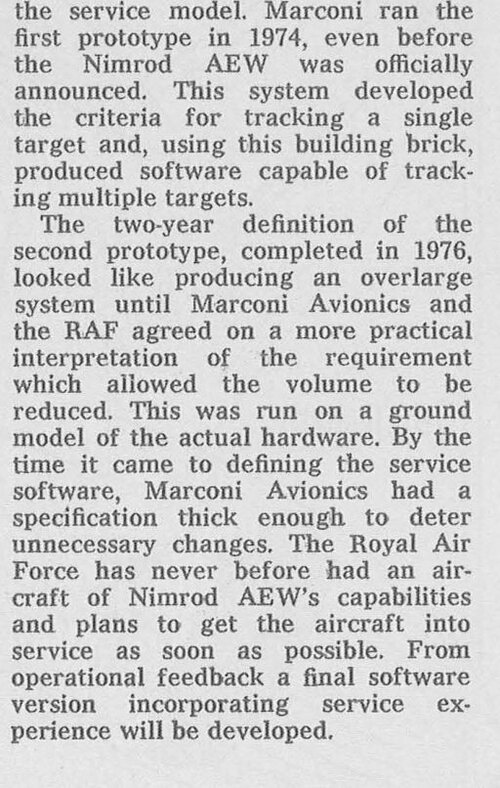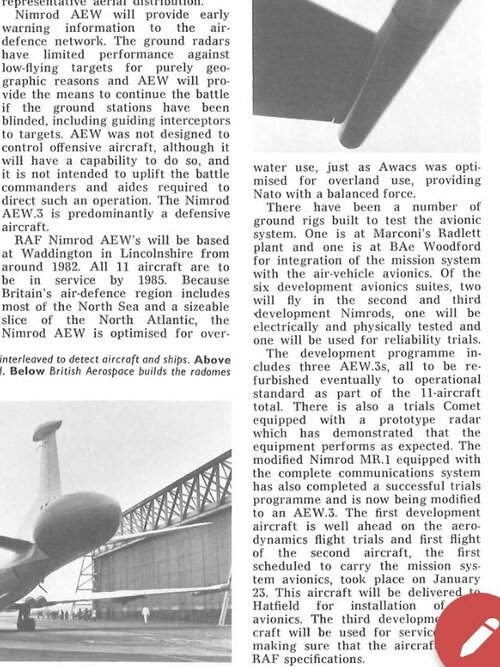- Joined
- 27 September 2006
- Messages
- 5,744
- Reaction score
- 5,633
I am aware of seeming to pour cold water on paper projects, especially British ones.
I cite in my defence four paper projects that attempted to become real ones:
P1154, AW681, TSR2 and last but definitely not least AEW Nimrod.
All looked and still look fabulous on paper. My younger self even created an RAF orbat for them hence my UK 75 nick.
My icon here is the craziest of them all the US FRG AVS.
But after years of threads here and some great books like Damien Burke's TSR2 I have learnt that getting planes from drawing board to service in the UK especially is a fraught process especially for the taxpayer.
I enjoy the alt history excursions into trying to bring paper projects to life but have learnt that usually real metal is better than paper.
I cite in my defence four paper projects that attempted to become real ones:
P1154, AW681, TSR2 and last but definitely not least AEW Nimrod.
All looked and still look fabulous on paper. My younger self even created an RAF orbat for them hence my UK 75 nick.
My icon here is the craziest of them all the US FRG AVS.
But after years of threads here and some great books like Damien Burke's TSR2 I have learnt that getting planes from drawing board to service in the UK especially is a fraught process especially for the taxpayer.
I enjoy the alt history excursions into trying to bring paper projects to life but have learnt that usually real metal is better than paper.

